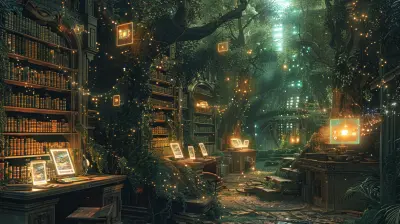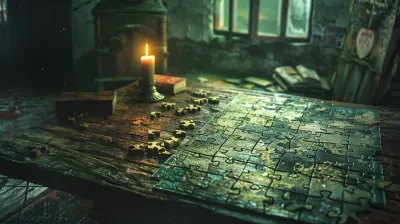What Tabletop RPGs Taught Video Game Designers
8 October 2025
Let’s be honest—tabletop role-playing games (TTRPGs) like Dungeons & Dragons didn’t just keep nerds busy on Saturday nights. They laid the foundation for most of the storytelling, mechanics, and systems we love in modern video games. That’s a bold claim, right? But stick with me.
From the early dungeon crawlers to the big open-world RPGs we sink hours into today, the fingerprints of tabletop RPGs are everywhere. In this article, we’re diving deep into how rolling dice, scribbling character sheets, and pretending to be elves kicked off some of the biggest ideas in game design today.
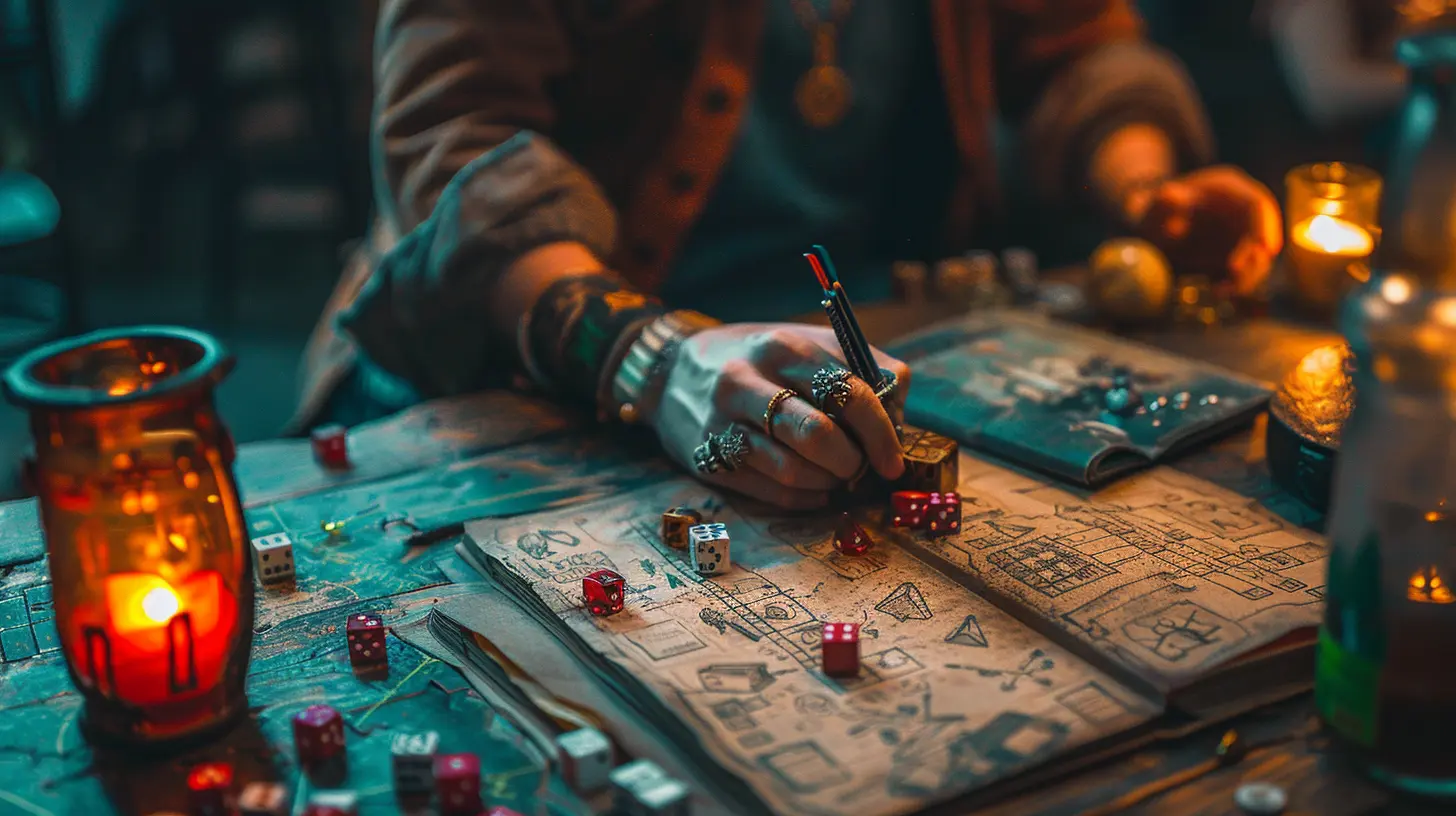
The Root of Role-Playing in Digital Games
Before controller buttons and mouse clicks, there were dice and imagination. Tabletop RPGs—especially Dungeons & Dragons—gave birth to the entire idea of “you play a role in a story.” Sounds familiar? It should. Whether you're playing The Witcher, Skyrim, or Baldur’s Gate (which is literally based on D&D), the DNA is unmistakable.Storytelling as the Core Experience
In traditional video games, especially in the ‘80s and ‘90s, the story was mostly "save the princess" or "blow up the aliens." Tabletop RPGs flipped that. They said, "Hey, you're not just saving a princess; you’re making choices, building relationships, influencing the world."Game designers took notes. A lot of notes. Suddenly, we had games where stories evolved based on our decisions. Instead of being on rails, players shaped their destinies—just like they did around the tabletop.
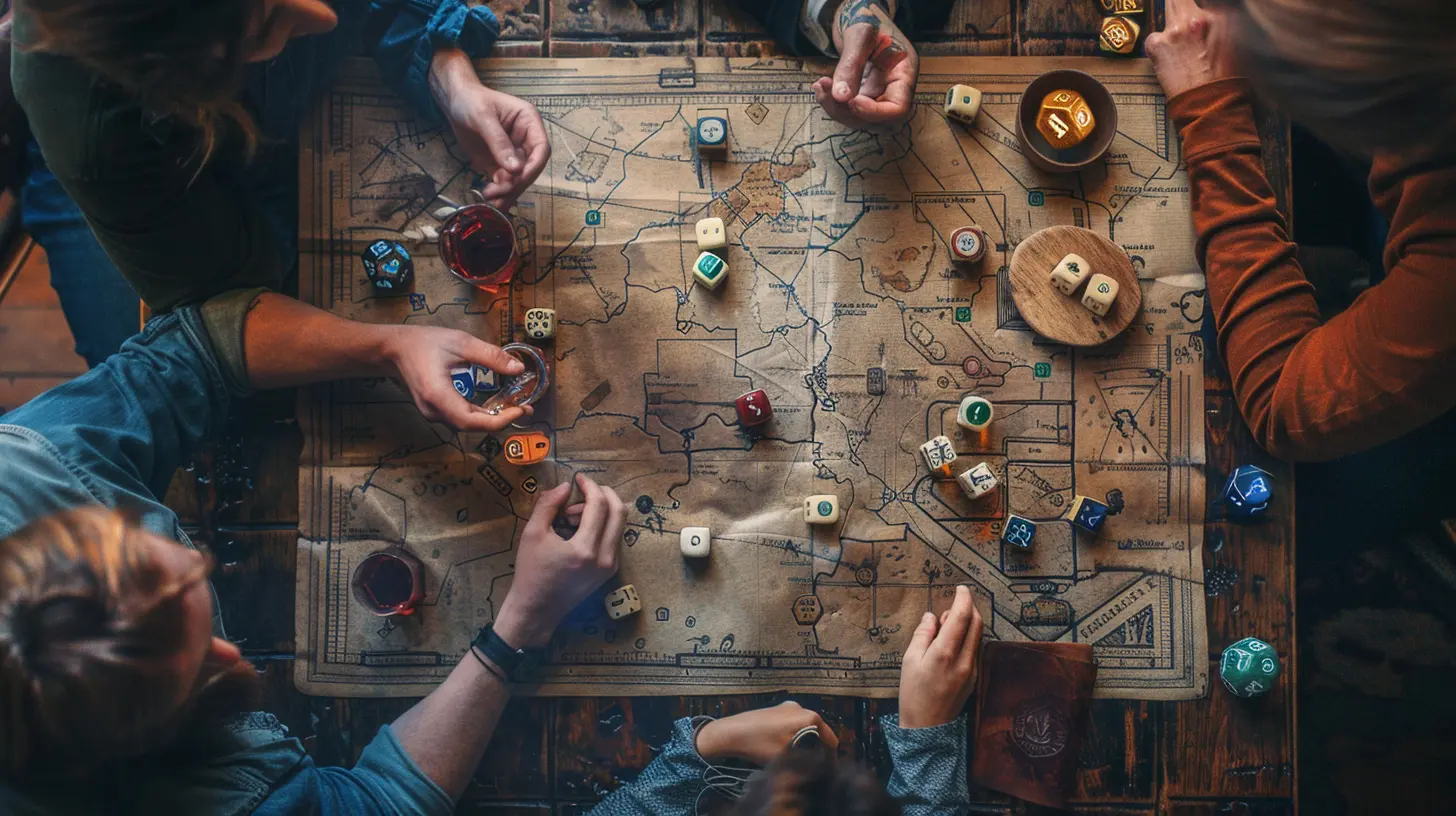
Character Customization – More Than Just Looks
Have you ever spent more time building your RPG character than actually playing the game? Yeah, blame tabletop RPGs.Character sheets in games like Fallout, Mass Effect, or Dragon Age are direct descendants of the stats and skill trees from pen-and-paper days. Strength, intelligence, stealth, charisma—these weren’t invented by video games. They were refined in basements and dining rooms where players argued for hours about how much XP it cost to level up a rogue.
Classes, Stats, and Builds
The whole idea of classes—warrior, rogue, mage—is a straight import from tabletop systems. TTRPGs introduced the concept that different characters should have unique strengths and weaknesses. Video game designers loved this because it gave players different playstyles, paths, and strategy options.Want to sneak through the shadows or charge in headfirst? That freedom came from the imagination-fueled battles of the pen-and-paper world.
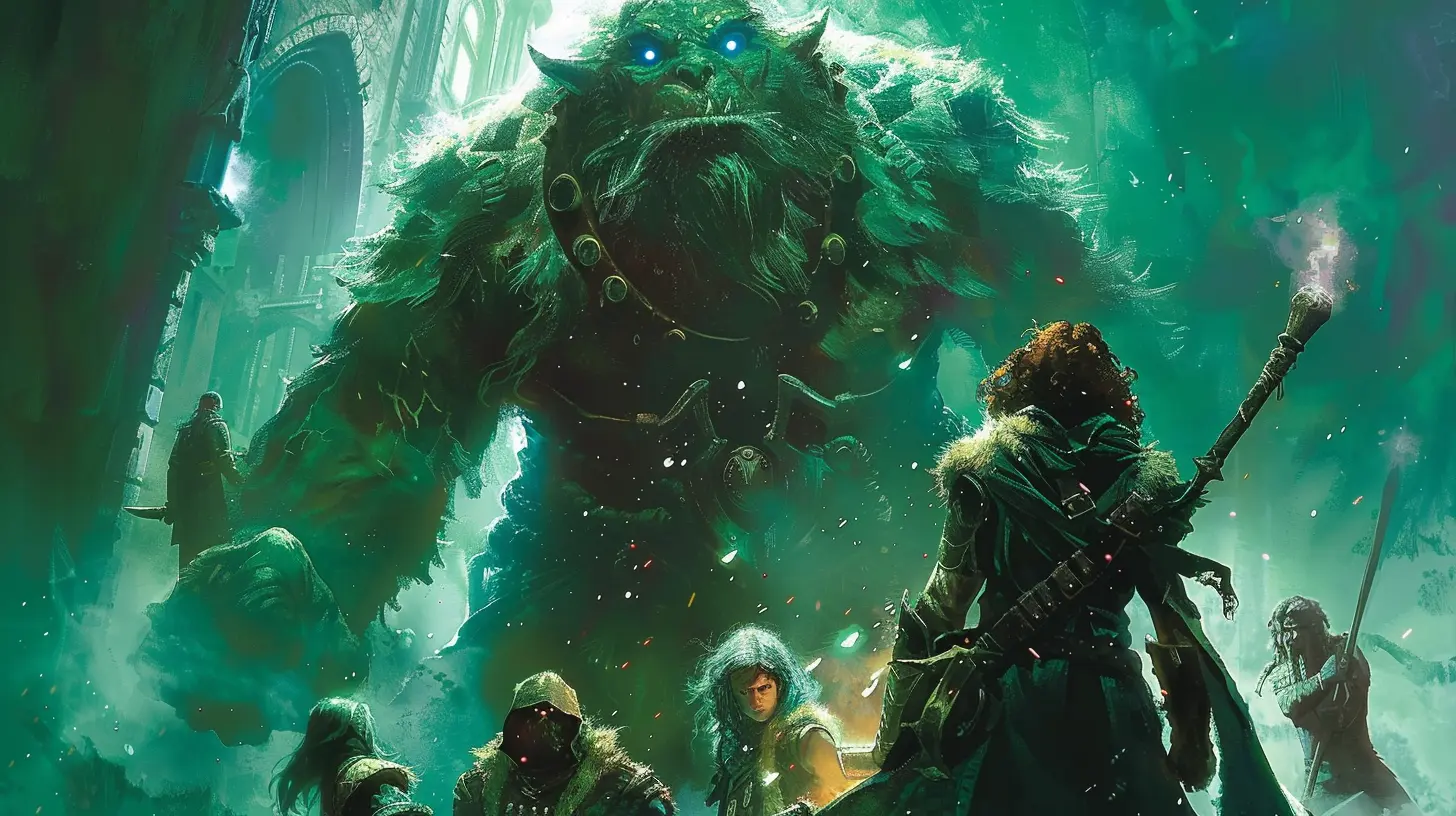
Choice & Consequence – Morality Through Mechanics
One of the most beautiful things about TTRPGs is the way players can do pretty much anything—and see the consequences play out. Burn down a town? Sure. Refuse the king’s quest? Go for it. Betray your party? Risky, but possible.That kind of dynamic storytelling had a powerful impact on video game designers.
Dialogue Trees and Branching Paths
Think about games like Fallout: New Vegas, The Witcher 3, or even Telltale’s The Walking Dead. Your choices shape the story. You get dialogue options that affect how NPCs treat you. Sound familiar? That’s because it's all rooted in the same idea used in tabletop RPGs—player agency is everything.Designers realized that when players made meaningful choices, they became more immersed. They weren’t just playing a game; they were part of it.
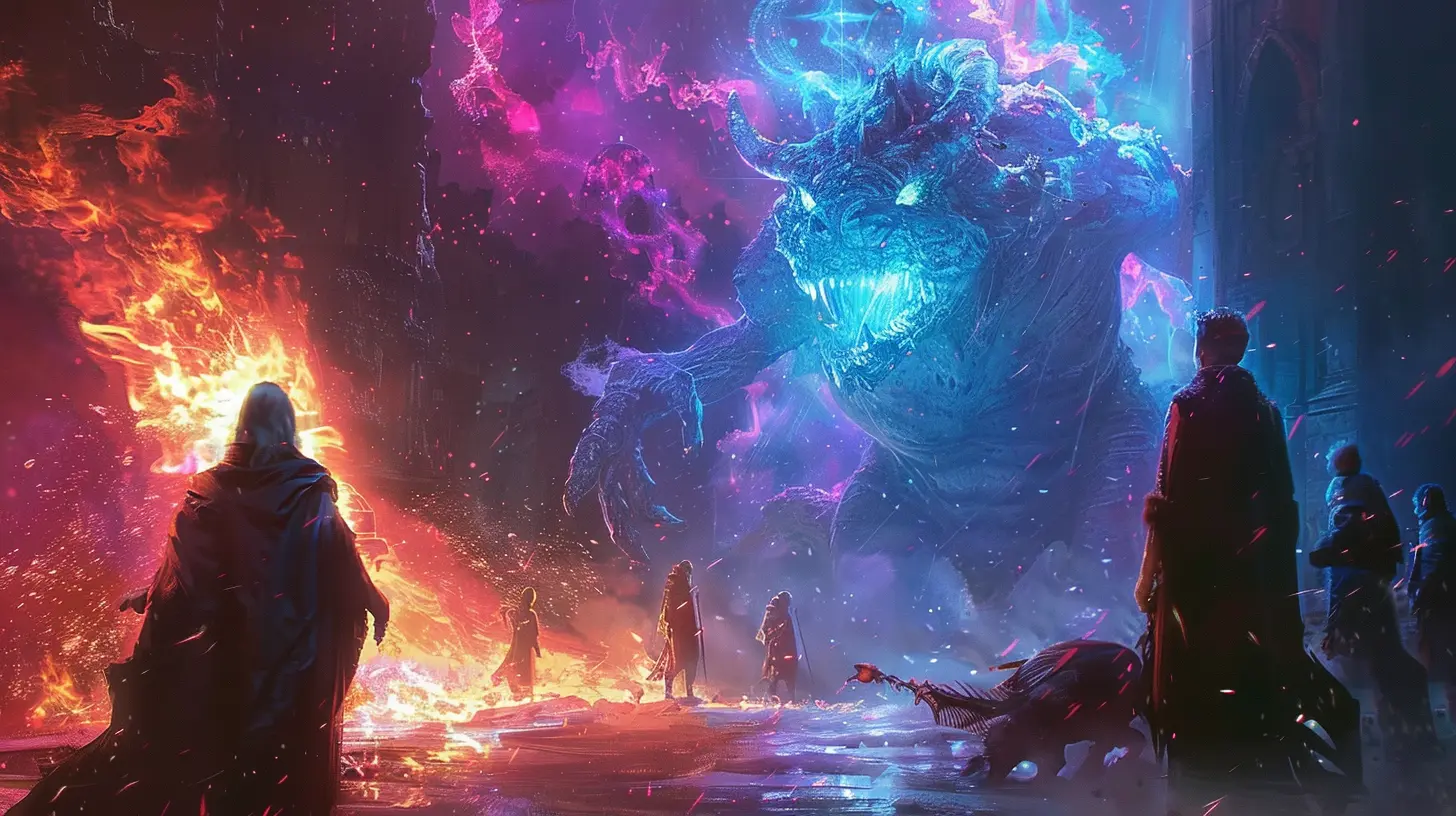
Game Masters Became Game Engines
Here’s a fun thought: the role of the Dungeon Master (DM)—the person guiding the game, controlling the world—is basically what video game engines try to replicate.From Dungeon Masters to Dynamic Worlds
The DM responds in real-time to player actions, improvises storylines, and balances combat—all while keeping the game running smoothly. Dynamic quest systems, procedural generation, and adaptive AI in modern games are all attempts to recreate that real-time flexibility.Skyrim’s radiant quest system? Just a digital DM. AI that adapts to your decisions? Also, a DM in disguise.
World-Building on an Epic Scale
Tabletop RPGs taught designers how to build believable worlds. These aren’t just maps; they are breathing, living places with history, politics, cultures, and conflict.Lore That Feels Real
Why does the lore in games like Dragon Age, Pillars of Eternity, or Elder Scrolls feel so deep? Because it’s not just filler. It’s rooted in the world-building principles established in TTRPG campaigns. Every faction has motivations. Every city has a backstory. It all connects.And that’s the secret: TTRPGs demand world-building because the players will pull at every thread. There’s no “skip cutscene” in tabletop.
Combat Systems – Strategy and Stats All the Way
Turn-based combat? Initiative rolls? Hit points? You guessed it—straight from the tabletop.Real-Time vs. Turn-Based Roots
Even real-time action RPGs still quietly follow tabletop logic. Take games like Dark Souls or The Legend of Zelda—while they’re not turn-based, they rely on systems like stamina management, damage types, and elemental resistances. All of which were born from dice rolls and stat charts.And then there are tactical RPGs like Divinity: Original Sin and XCOM. These wear their tabletop inspiration like a badge. They even show percentages for hit chances, mimicking the uncertainty of rolling a d20.
Multiplayer and Party Dynamics
Ever wondered why party-based gameplay is so satisfying? That’s thanks to TTRPGs.Party Synergy and Team Roles
Tabletop RPGs were one of the first formats where success depended on teamwork. The tank protects, the rogue scouts, the wizard casts, and the bard... well, the bard does bard stuff.Video games applied that same logic. Think of games like Final Fantasy, Baldur's Gate, or even MOBAs like League of Legends. Each character fills a role, and synergy is everything.
Even single-player RPGs borrow this. You control a squad, but each member contributes something unique. It’s about building a team, not just a character.
Emergent Gameplay – The Magic of “What If?”
Here’s where it gets really fun. TTRPGs thrive on the unexpected. Players try weird stuff—like turning a dragon into a chicken or seducing a guard using a bard song. And the best DMs roll with it.Video Games Mimicking Chaos
Game designers wanted that same sense of “anything can happen.” So they created systems that reward creative thinking. In games like Breath of the Wild, you can solve puzzles with fire, water, magnetism, or just brute force. That’s not just clever design—it’s tabletop logic.Emergent gameplay lets players bend the rules and still succeed. It creates stories that weren’t scripted. Games like Minecraft, Hitman, and even Dishonored let players cook up wild solutions to tight problems.
That’s the TTRPG spirit: give players the tools, then let them surprise you.
Mods and Community Involvement
One of the biggest unsung heroes of both tabletop and digital RPGs? The community.Game Mastering Meets Modding
In TTRPGs, players create homebrews—custom rules, worlds, monsters. In games, we call them mods. Think of what the Skyrim or Fallout modding communities have done. Entire new quests, characters, or even systems are added.This culture of tweaking, improving, and expanding comes right from the table. Game designers recognized that giving power to the community leads to richer experiences. The game never really ends. It evolves.
Conclusion: The Tabletop Legacy Lives On
When you boot up a massive RPG, pause for a second. Underneath the graphics, voice acting, and cinematic cutscenes—it’s still a game built on imagination, dice rolls, and a bunch of friends arguing about loot in someone’s basement decades ago.Video game designers owe a huge debt to tabletop RPGs. And honestly? That’s a beautiful thing. It’s proof that stories, choices, and creativity never go out of style. They just get new graphics.
So next time your character levels up, or a dragon drops epic loot, tip your hat to the old-school players who did it first—on grid maps with pencil and paper.
all images in this post were generated using AI tools
Category:
Rpg GamesAuthor:

Leif Coleman
Discussion
rate this article
1 comments
Joanna McClary
Tabletop RPGs have profoundly influenced video game design by emphasizing narrative depth, player agency, and collaborative storytelling. Elements like character development, world-building, and dynamic decision-making found in tabletop games have been integrated into video games, enriching player experiences and fostering immersive gameplay mechanics that resonate beyond digital realms.
October 12, 2025 at 4:13 PM

Leif Coleman
Absolutely! Tabletop RPGs have set the foundation for narrative and player-driven experiences in video games, highlighting the importance of character development and collaborative storytelling in creating immersive gameplay.

